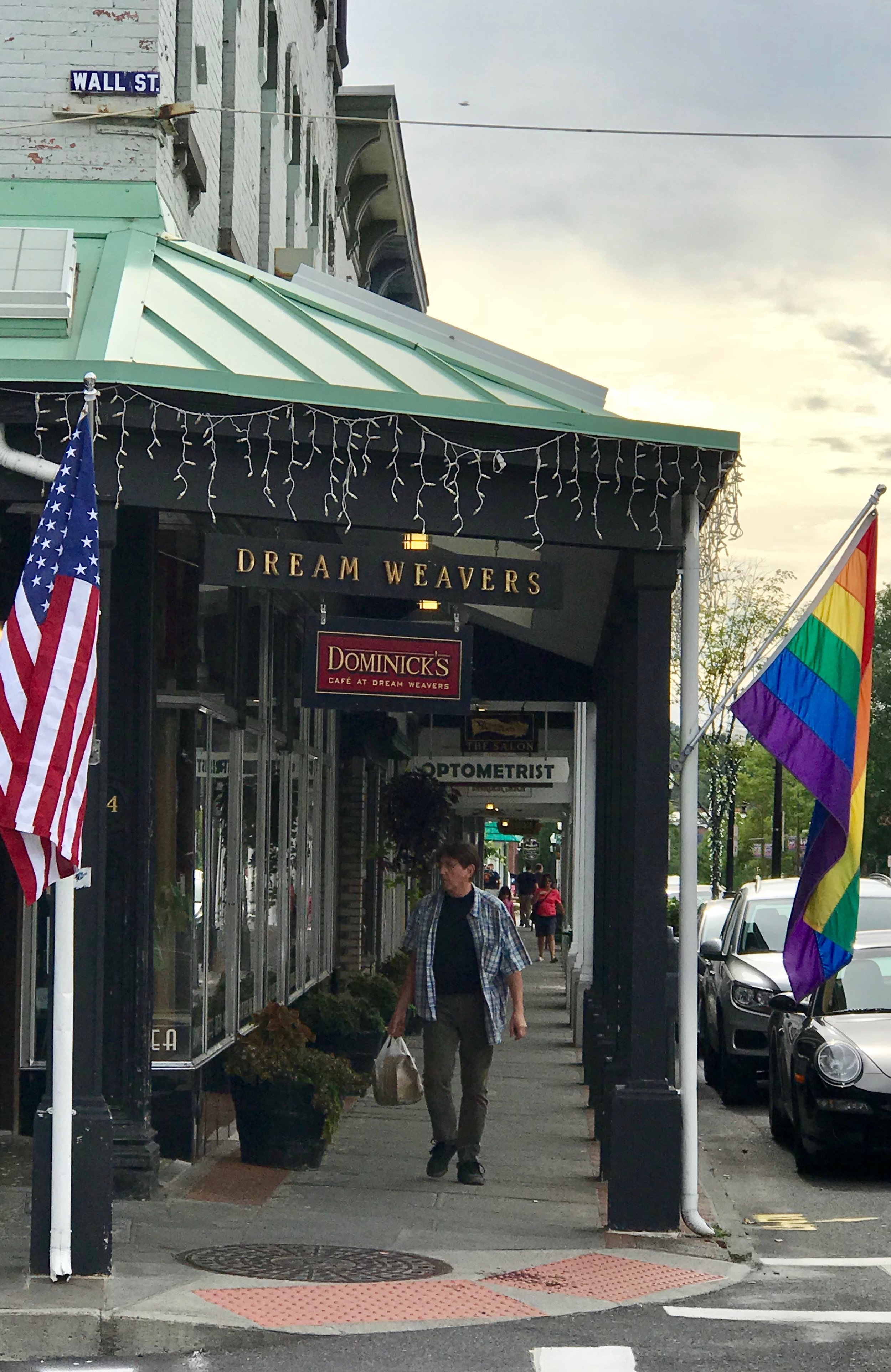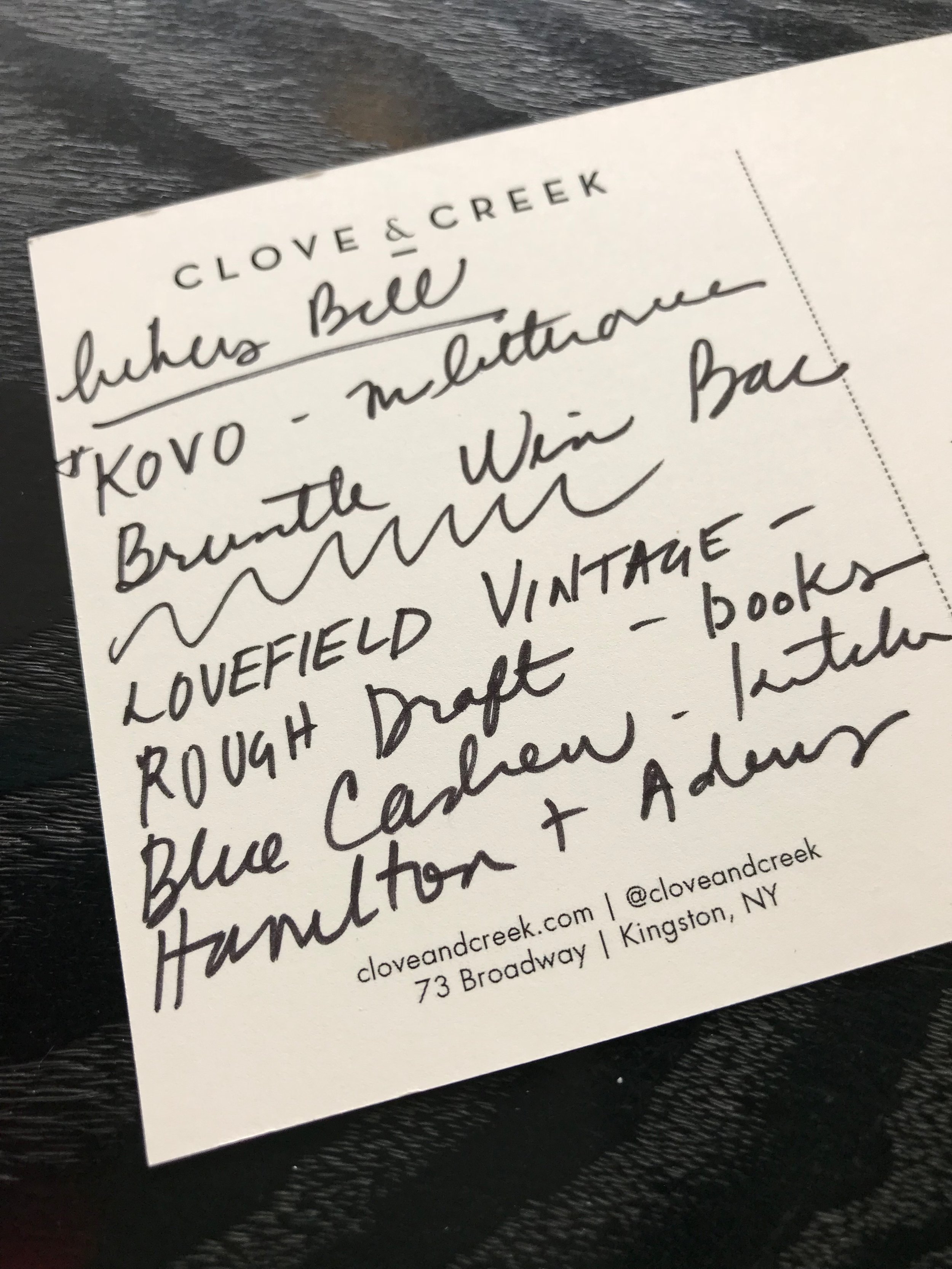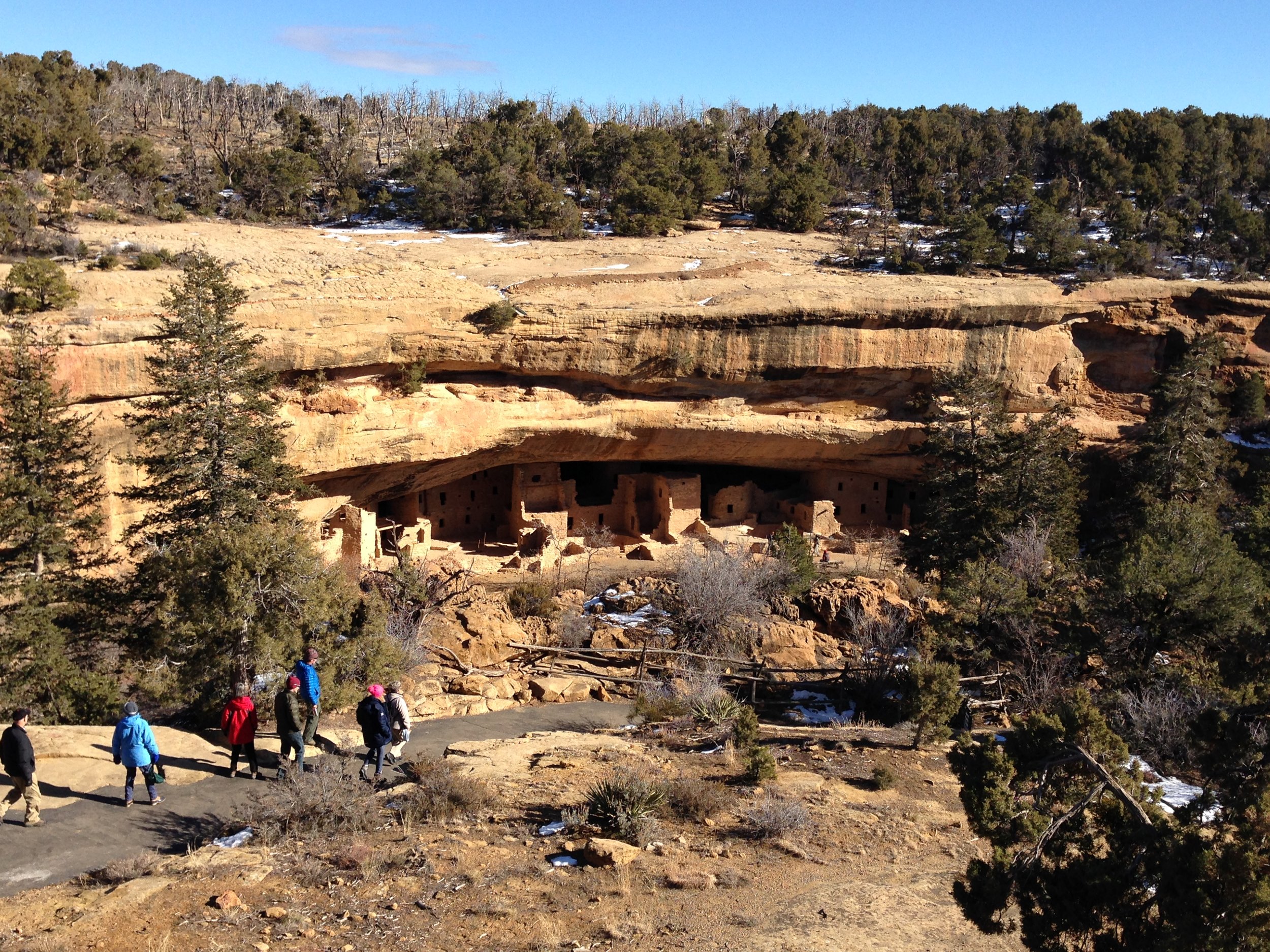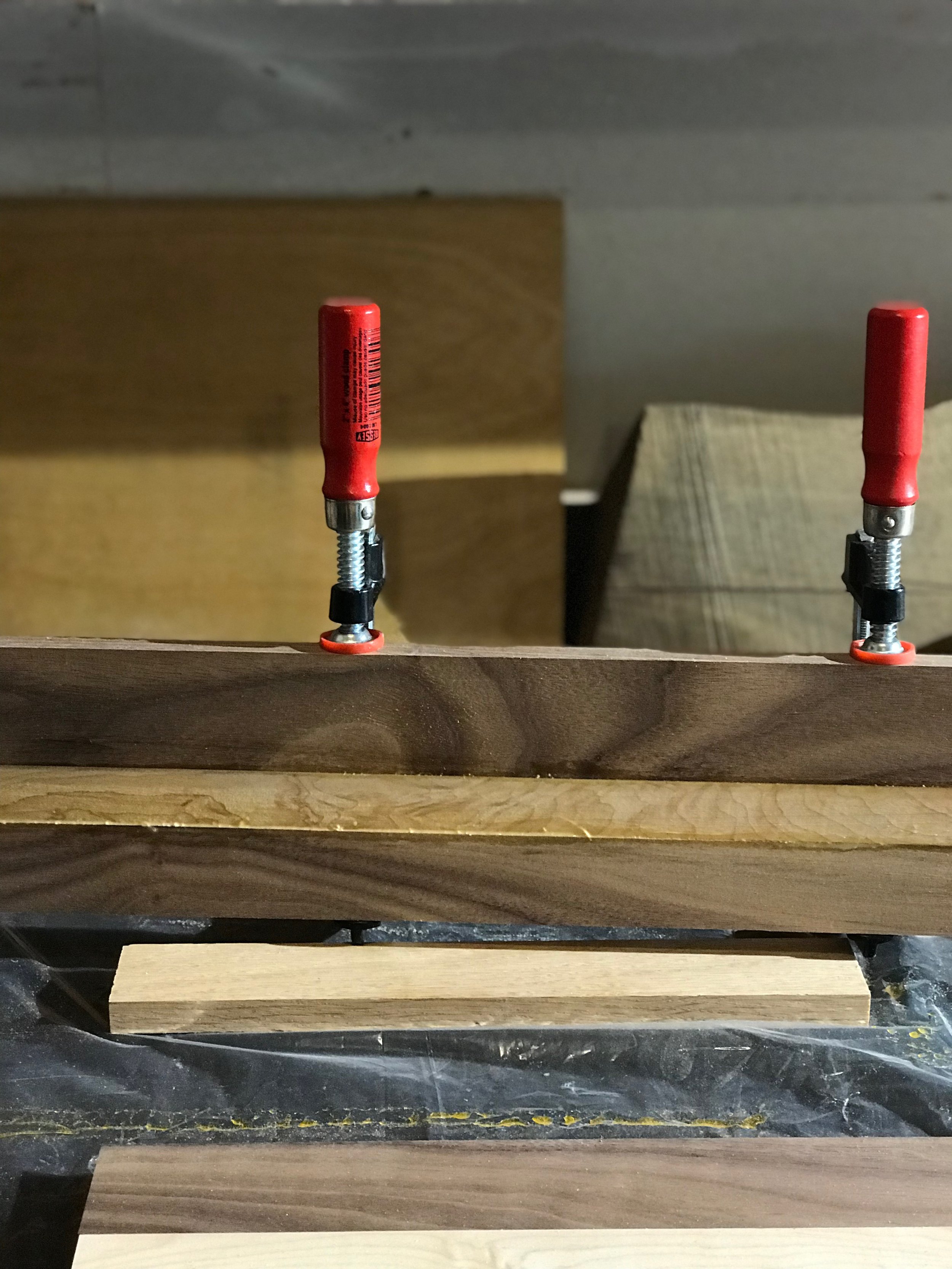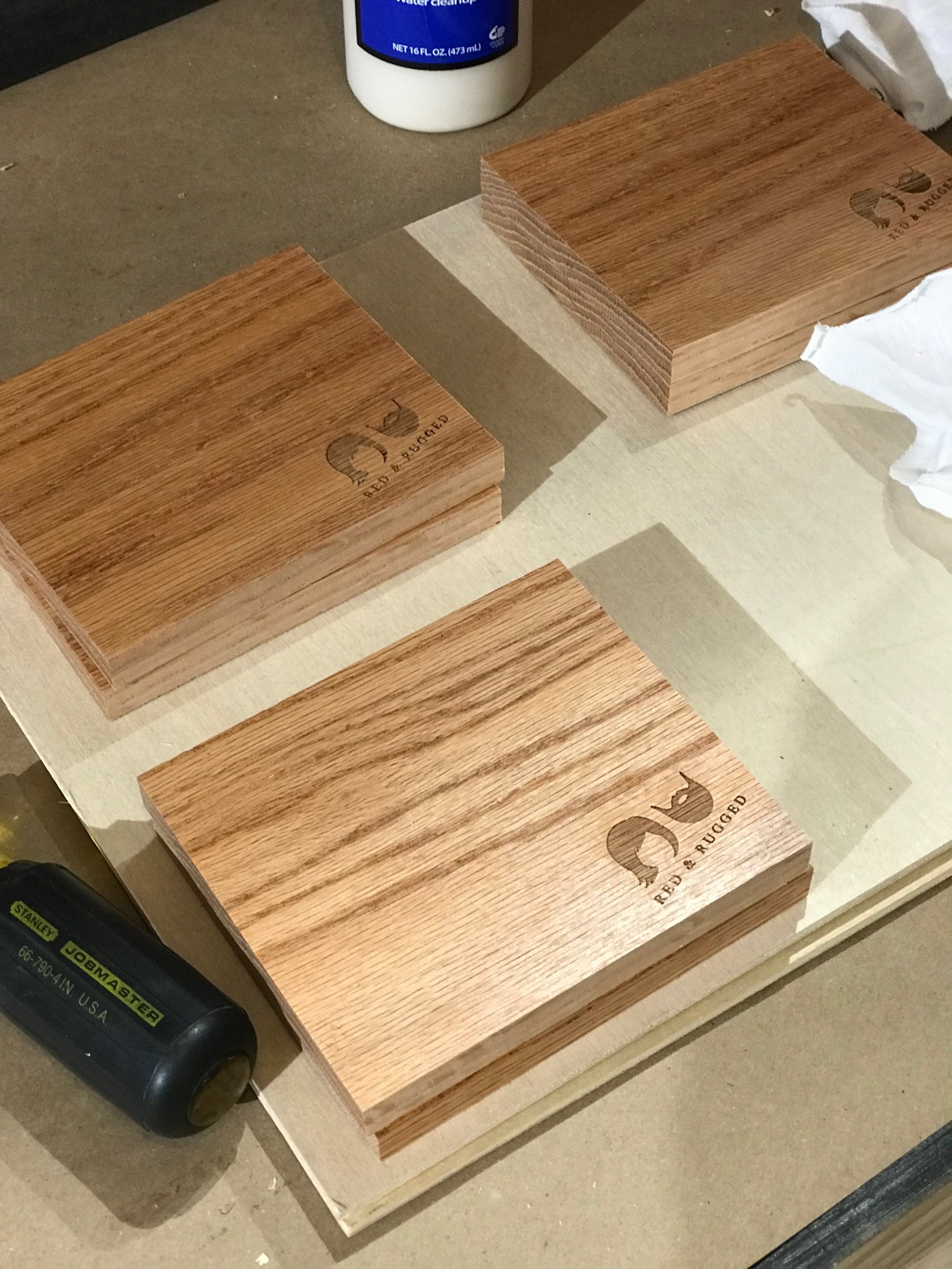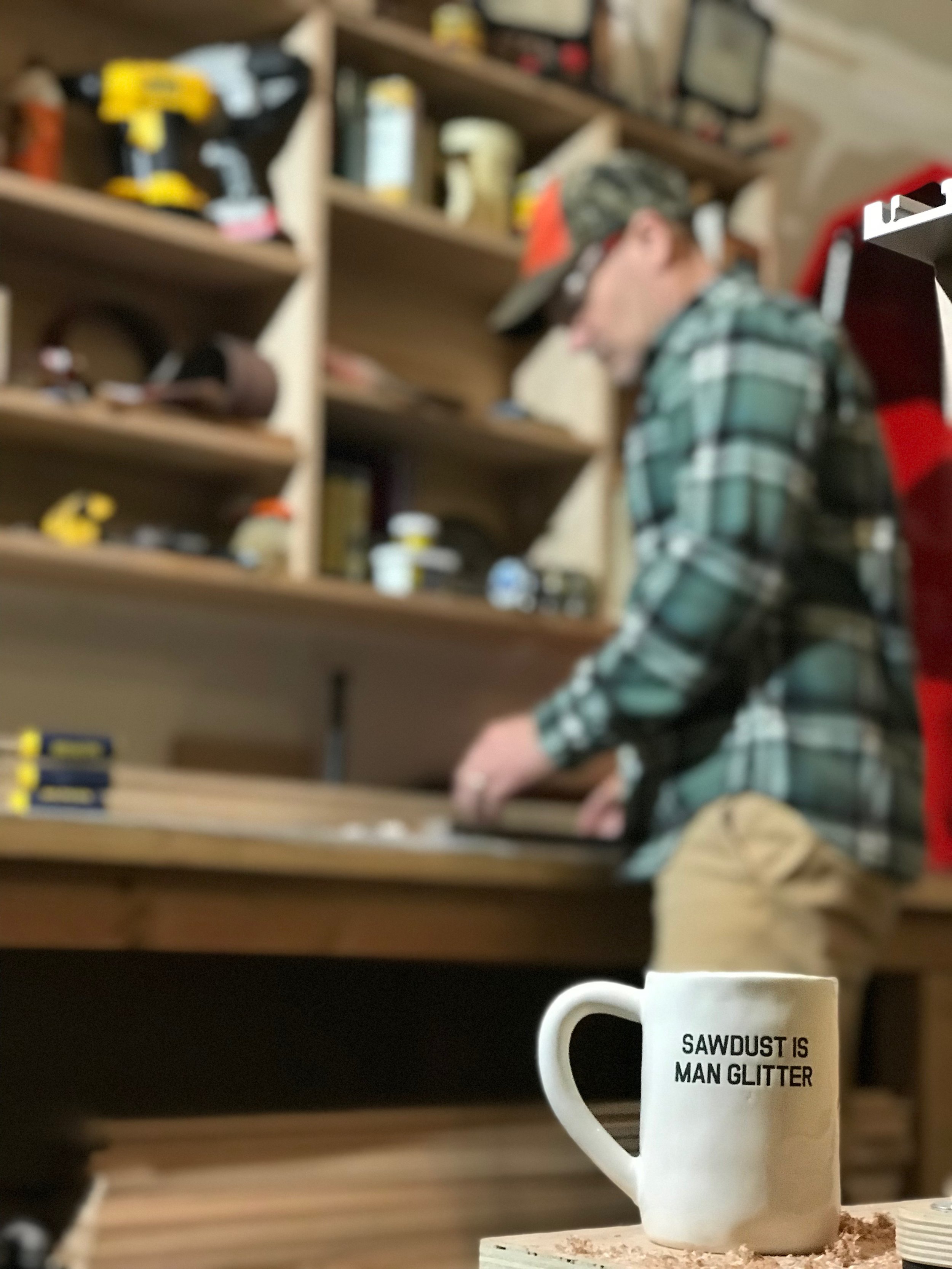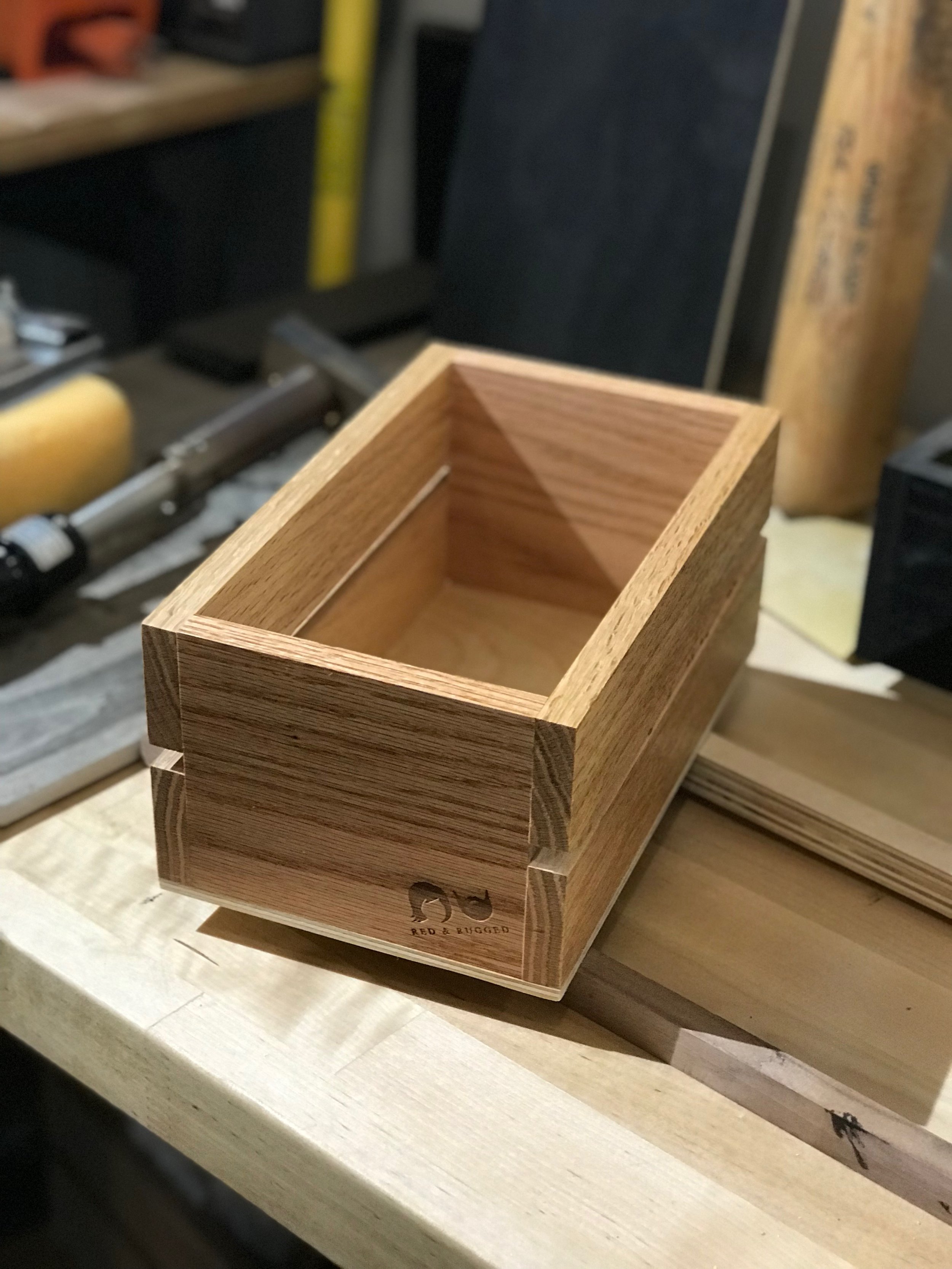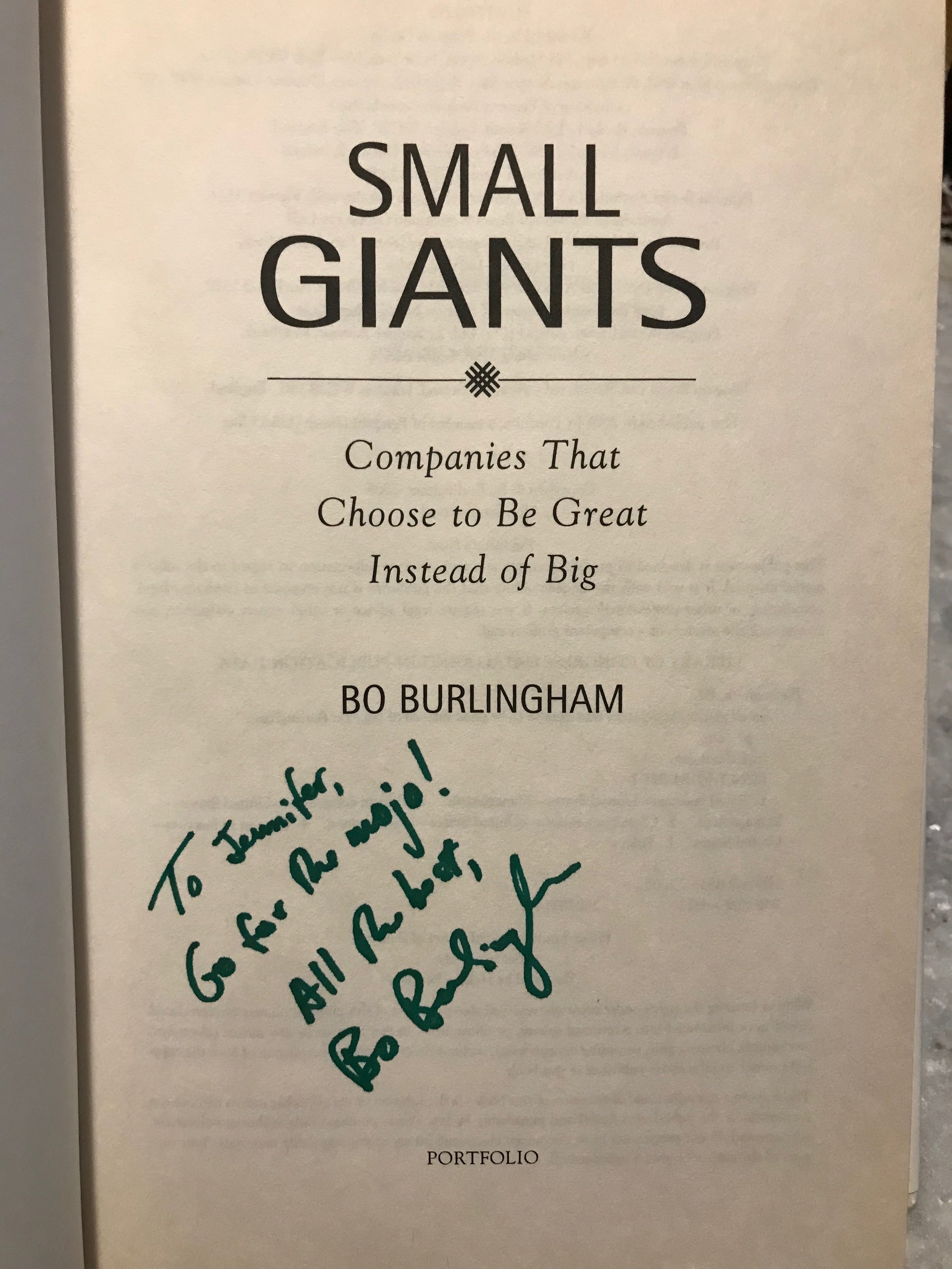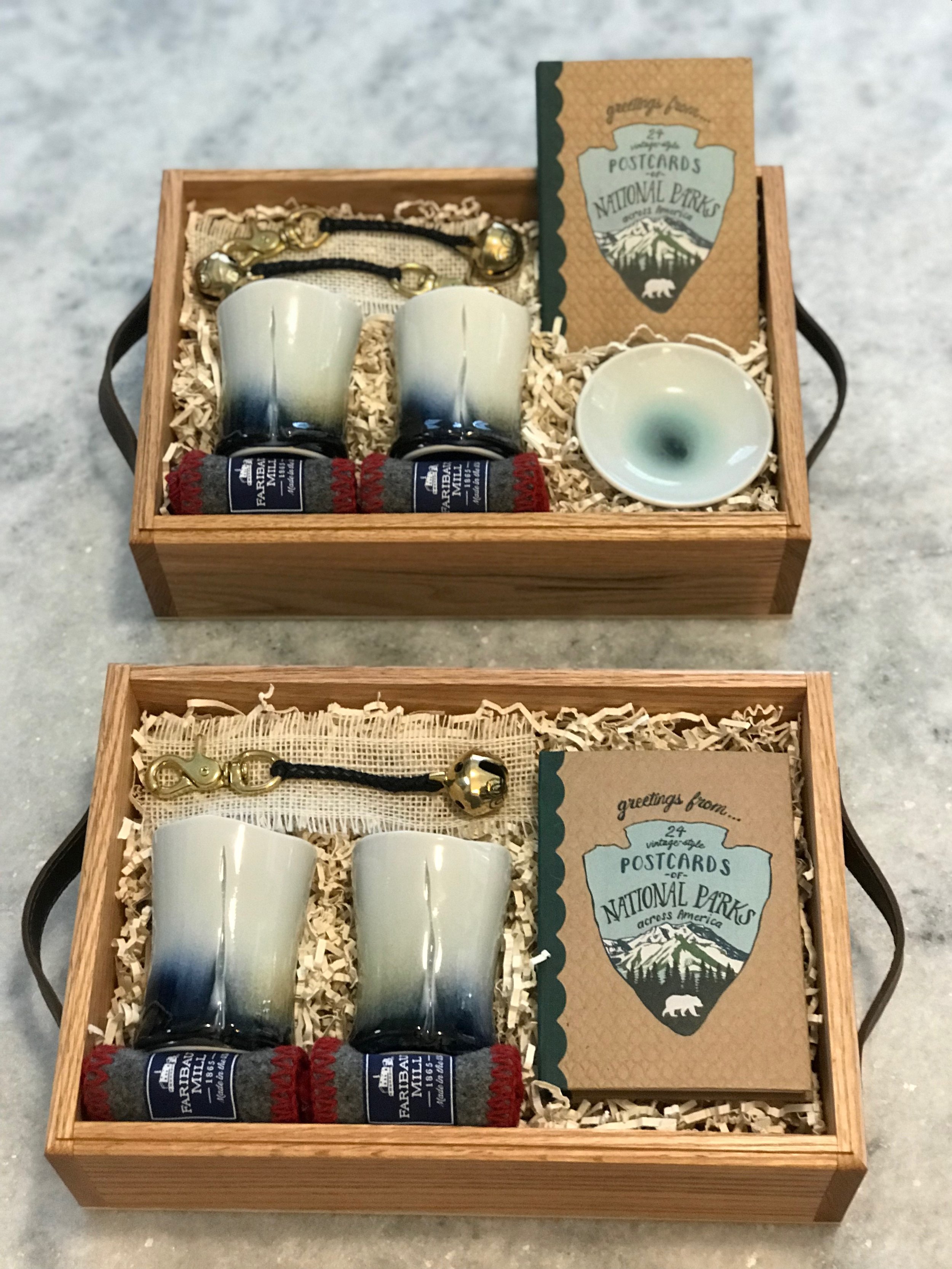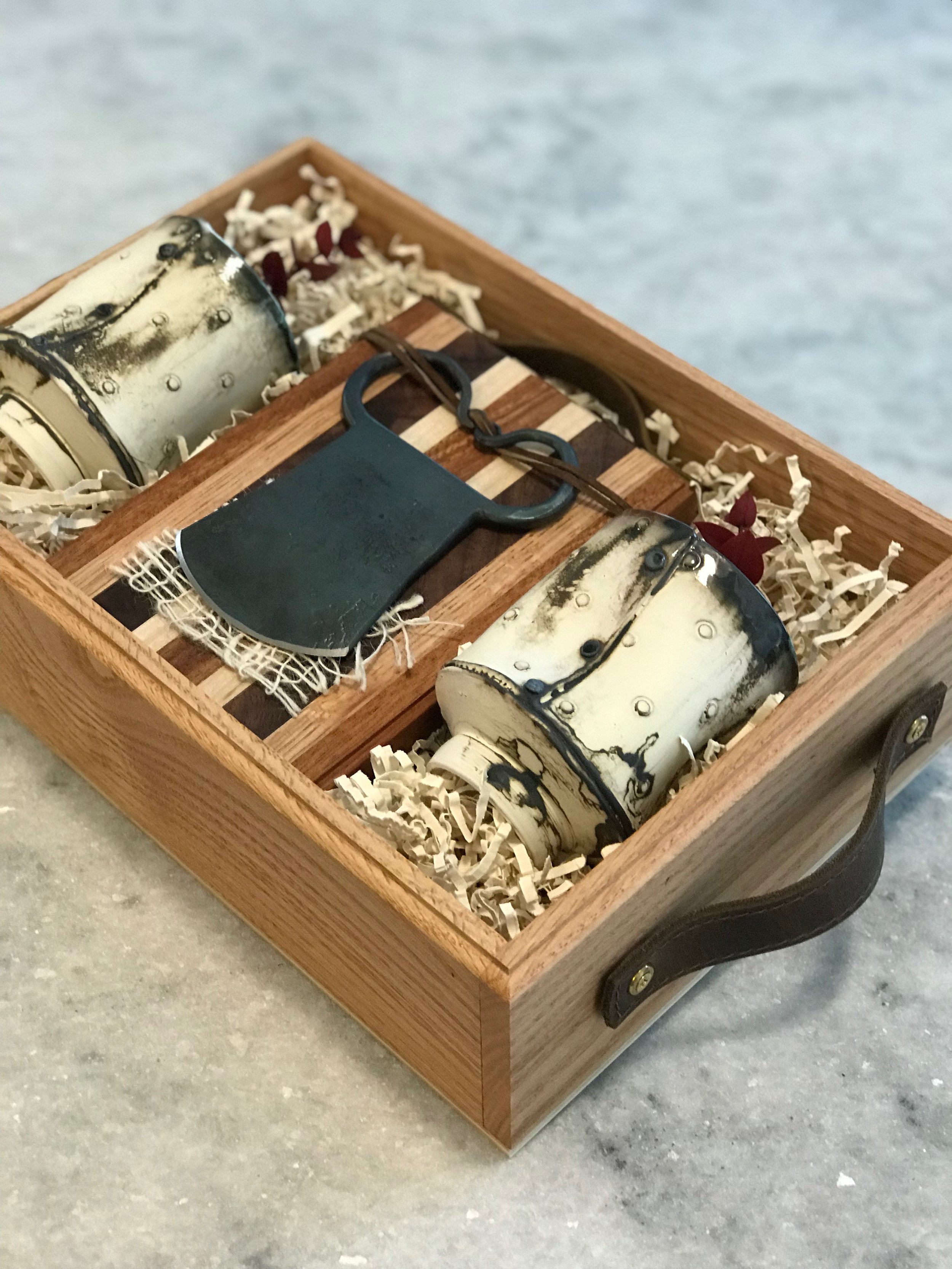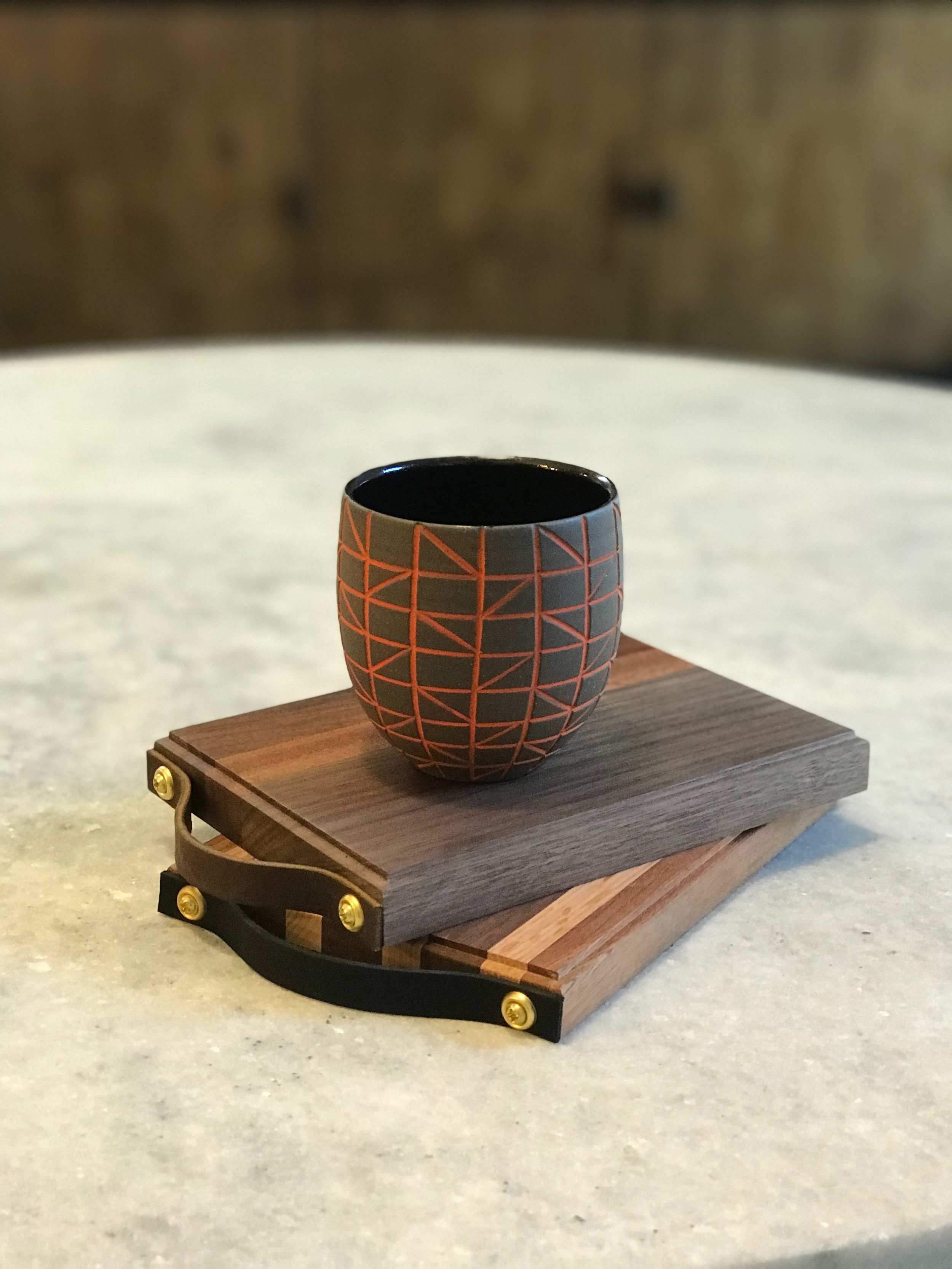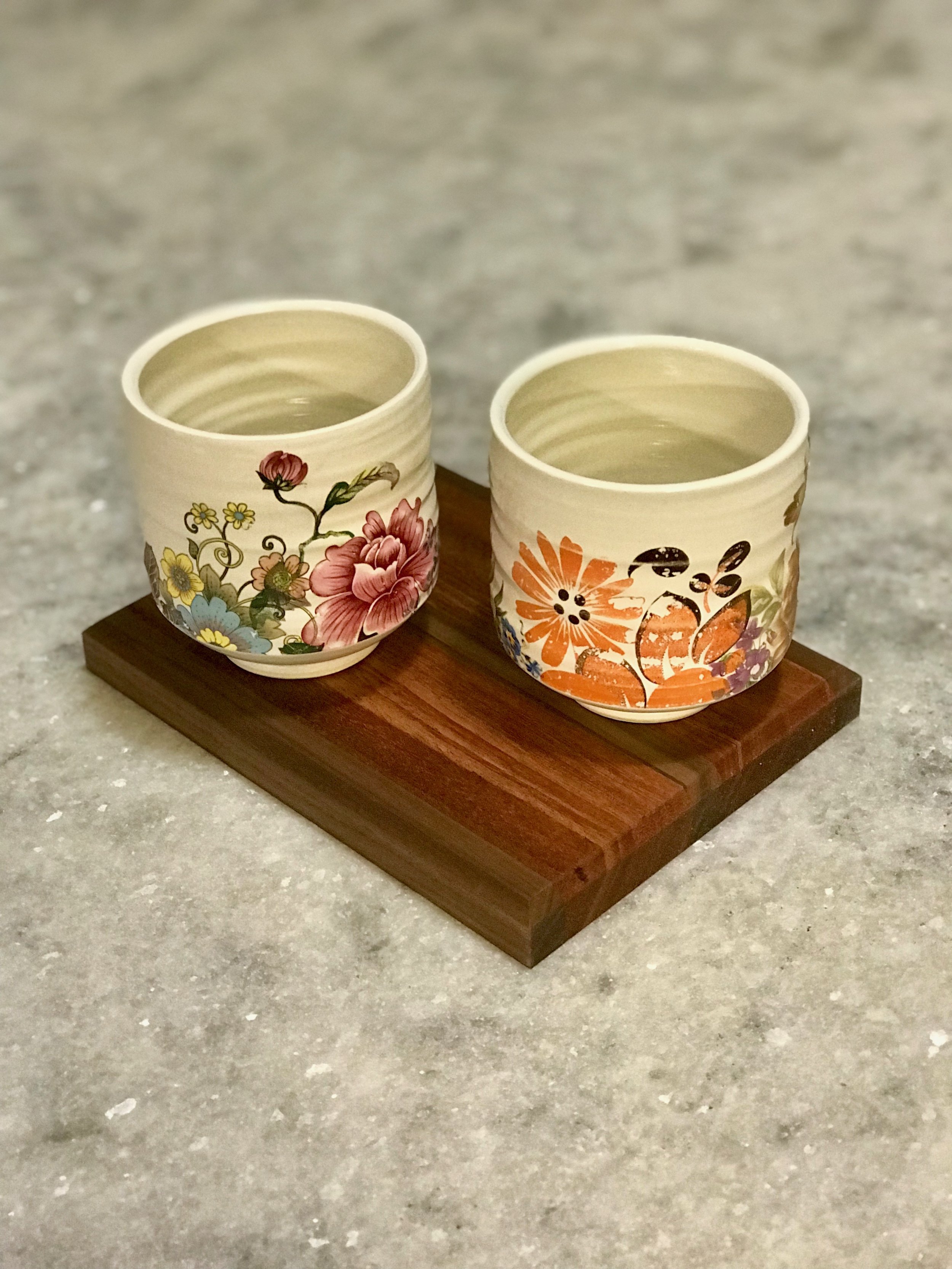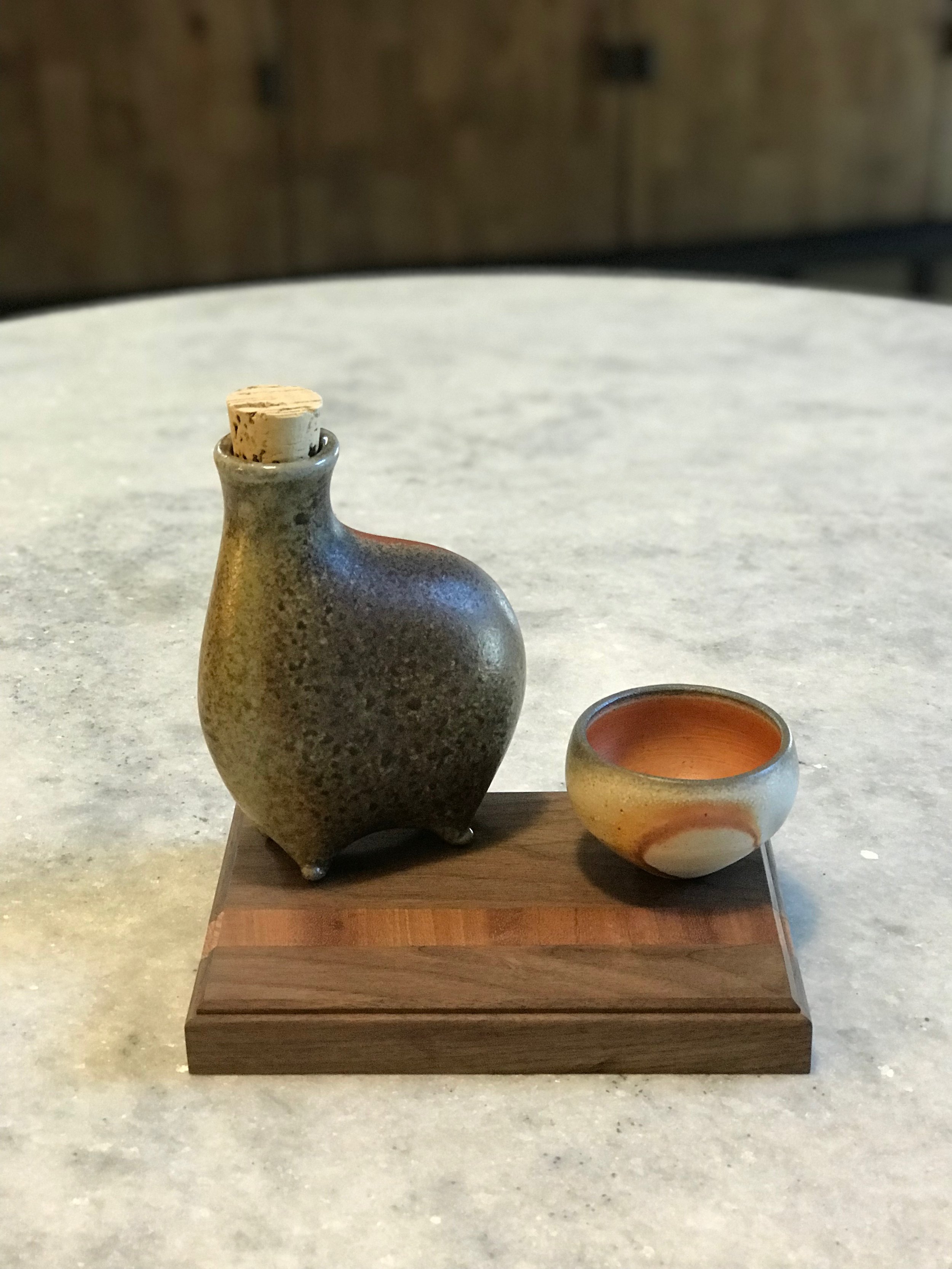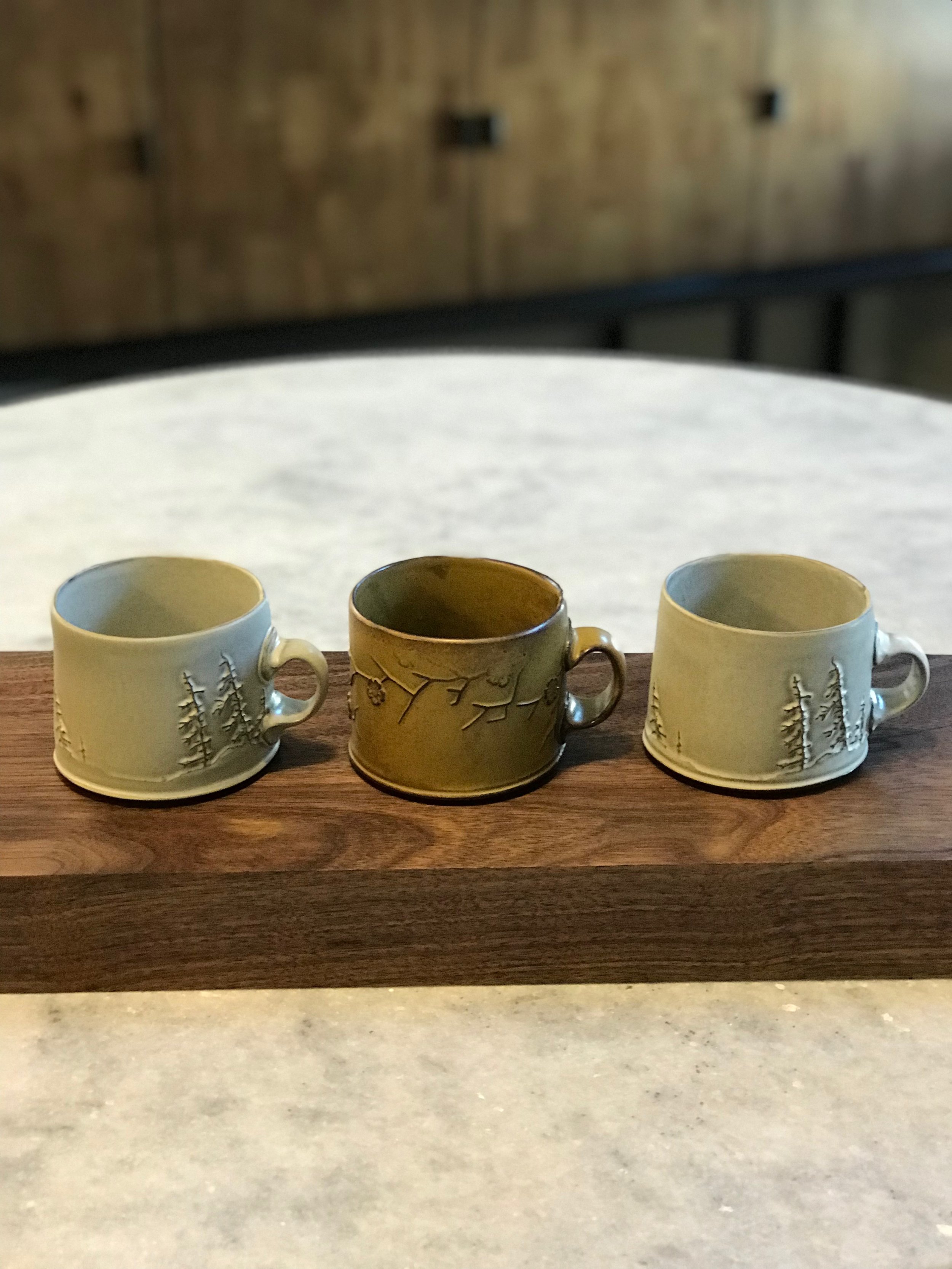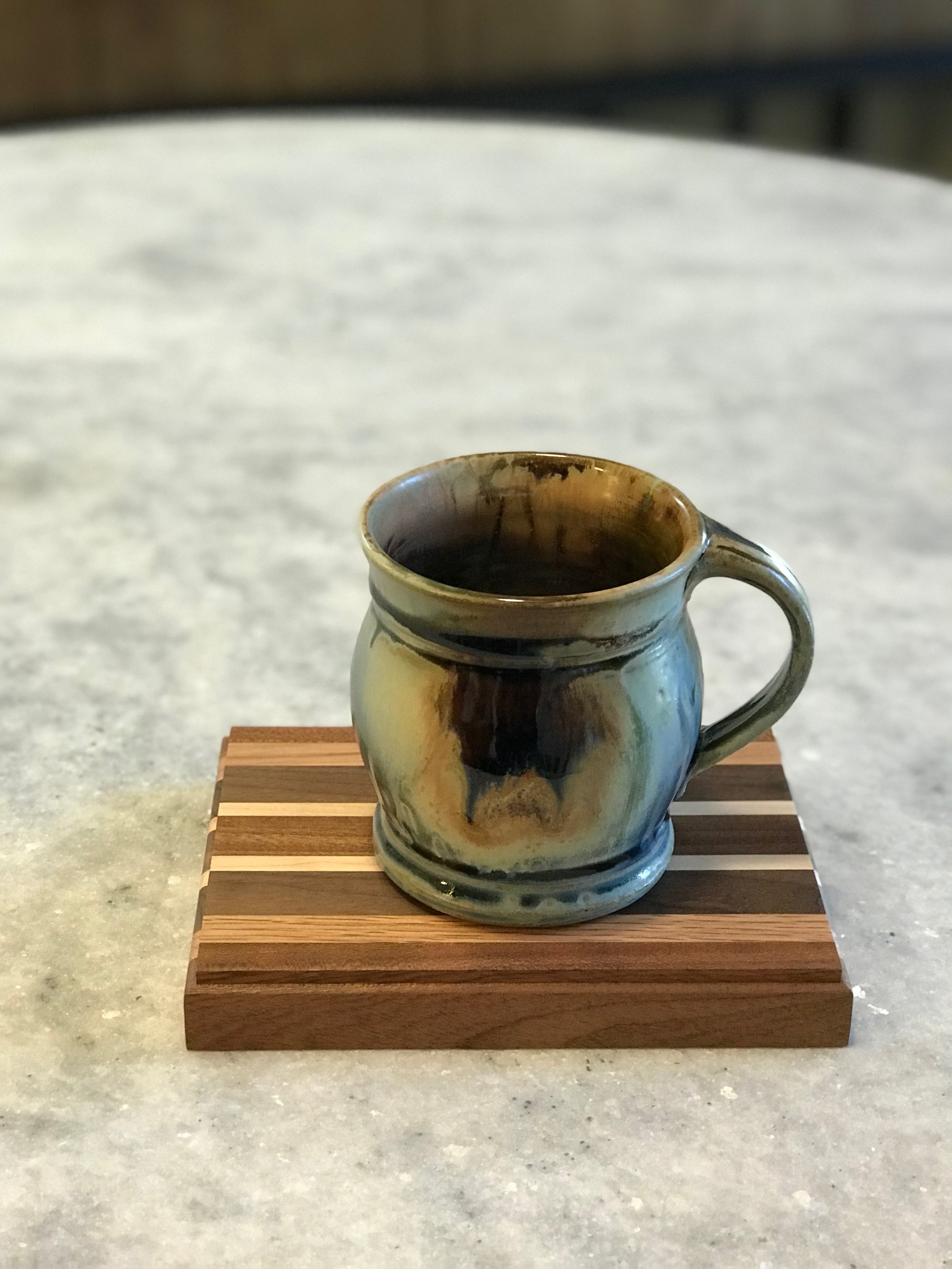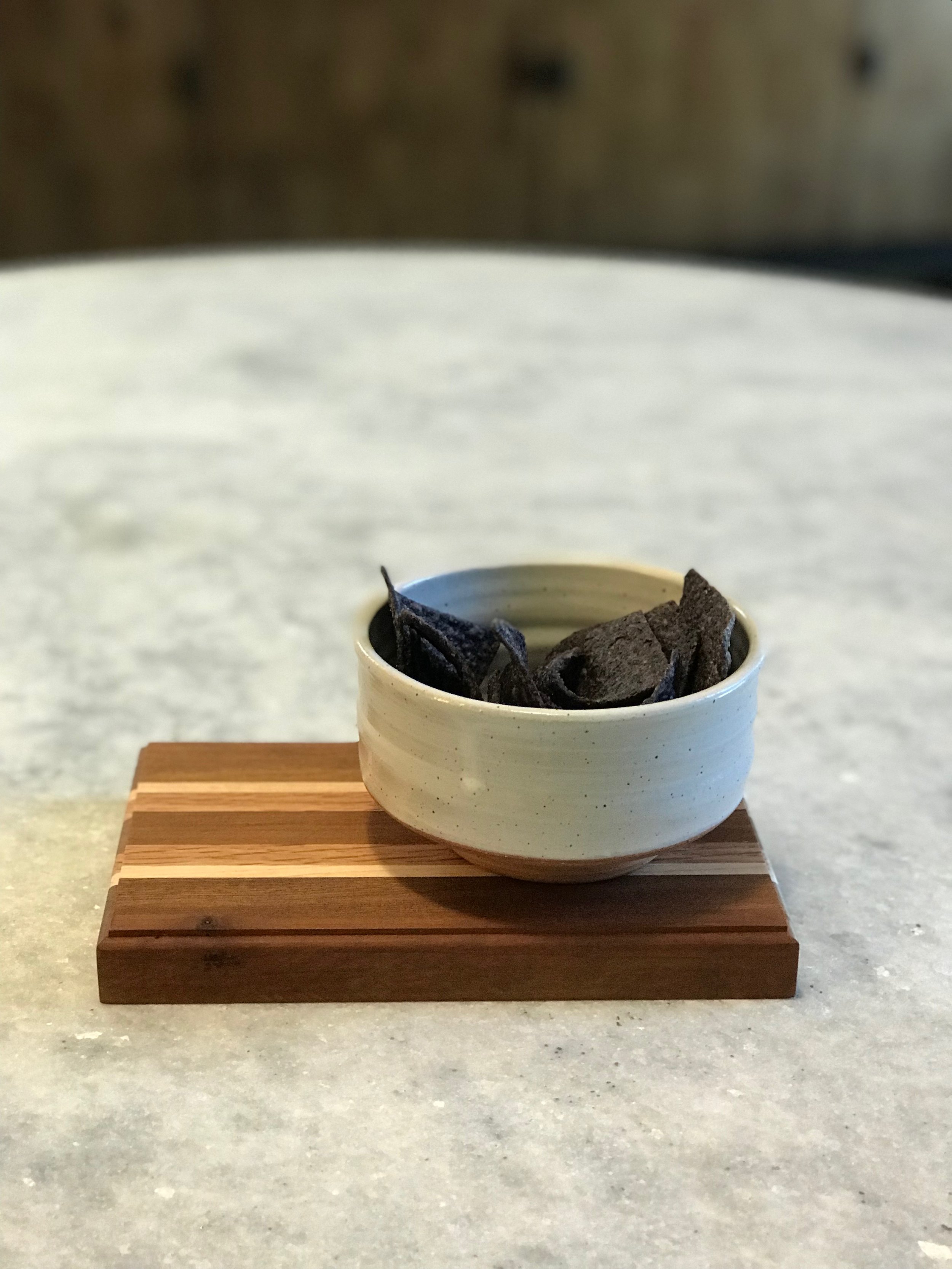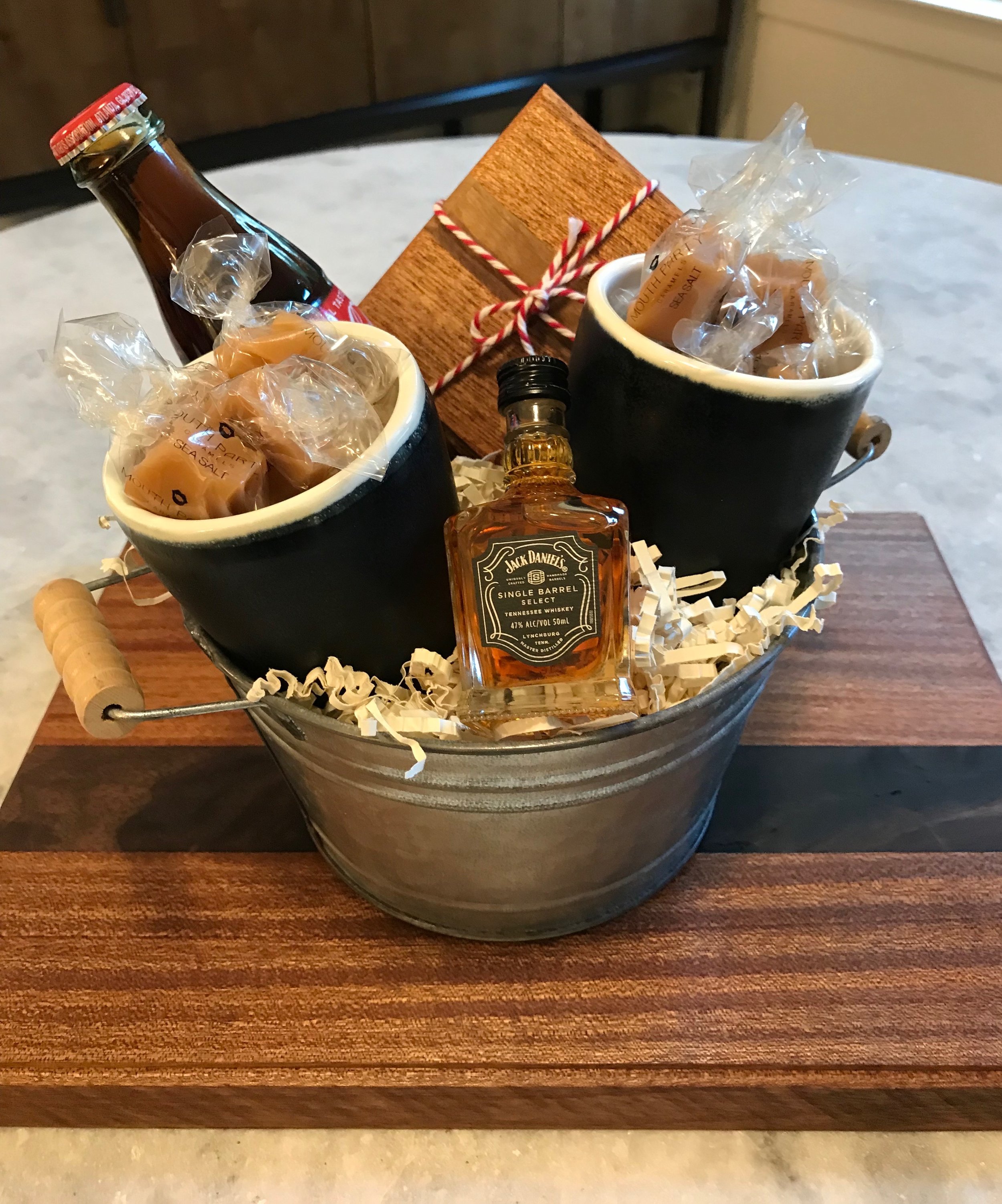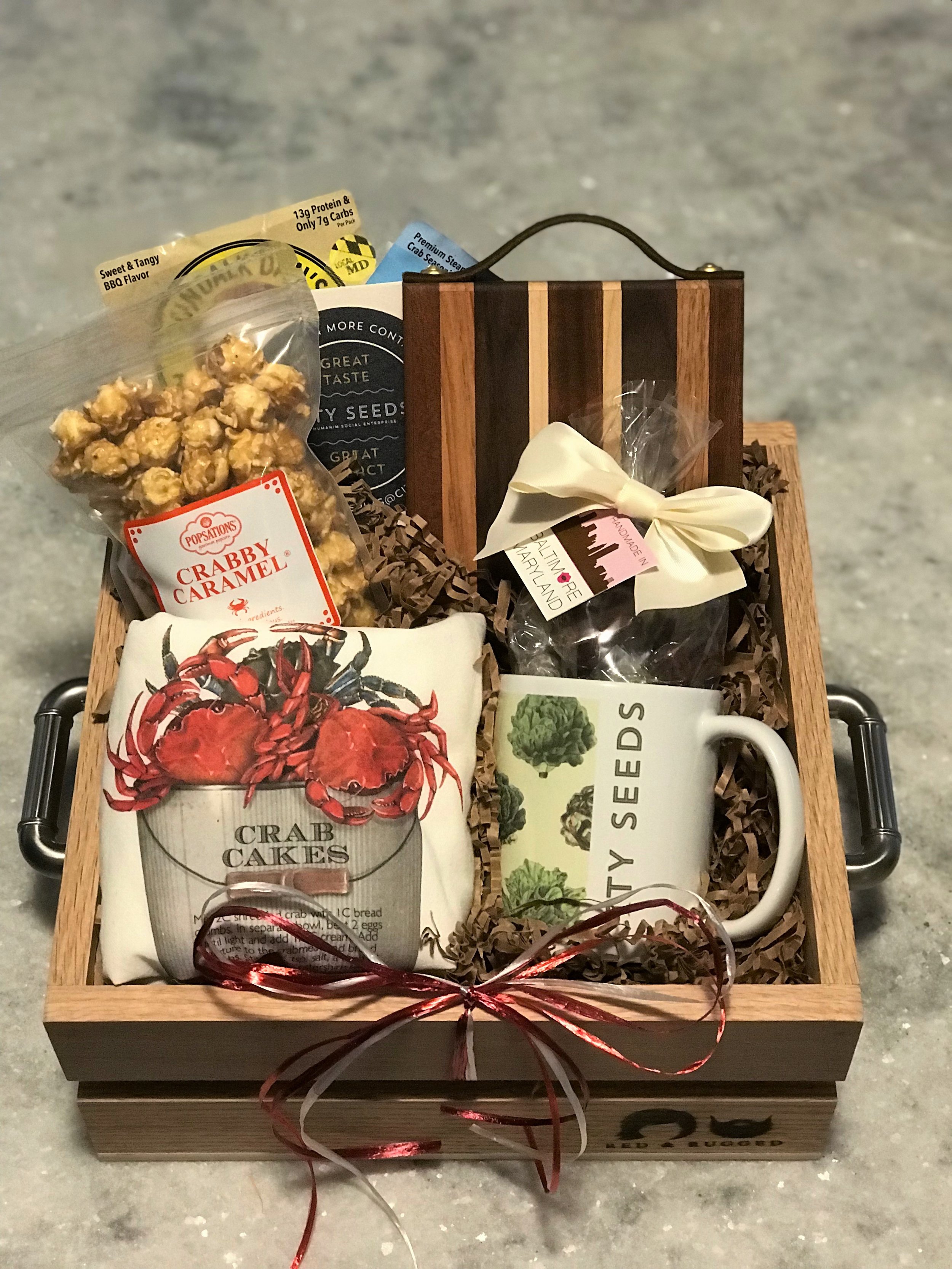The Refined Few Beats the Varied Many: Year 3
/Reflecting on recent accomplishments and the “my how things have changed here” points is what we do as we transition into our next year. A lot has changed, as one would expect, moving into year three. (Will we be saying that twenty years from now?) If the first two years are like drinking water from a firehose, year three will be all about fine-tuning and learning to jettison (quickly) things that weigh us down. Here we pause for a moment of reflection.
Year one was the heavy business lift (more on that here), standing up the foundation and web platform (more here) along with selecting and defining artist relationships. A basic level of marketing was in order, (more here) while selling and fulfilling orders as we went.
Year two was about exploring gift box possibilities with our community of artists and the acceleration of outreach to corporate and hospitality. Increased outreach meant more energy went into processes and guidelines as larger clients expect such things.
I’ve noted before about one Hazard of the Job, which includes having access to so many ceramic shows and artists. We have a variety of styles, textures and colors at our fingertips, and it’s tempting to want more beautiful options on hand. We’re in this business because we appreciate the talents of these artists. I can justify buying for future gift boxes and for select clients who trust us to provide specialty individual gift boxes with hard-to-find pieces. Maybe. You can see where this leads, right? To inventory that isn’t as focused as it could be.
This coming year will be about refinement and focus, with added attention to the data. Numbers don’t lie, they can be interpreted differently perhaps, but the data is there for the taking. We researched and educated ourselves on SEO, and beefed up the analytics, paying more attention to the different reports available (for free). It’s a combination of understanding the data and analytics, while keeping a pulse on artisan design trends that will capture our clients’ hearts - and wallets. With two years of experience in our artisan community, and data in hand, we expect refinement and focus will be the name of the game in year three.
We’re excited about what we’ve accomplished in just two short years: a talented community of top-tier artists, respected globally; Fortune 500 and renowned hospitality clients; a growing platform of vibrant content (Blog, web, IG, Pinterest and this year, video!), and a rapidly increasing number of engaged, supportive newsletter subscribers, and cheering fans. It’s quite an amazing journey. Saddle up, and join us for the ride!


